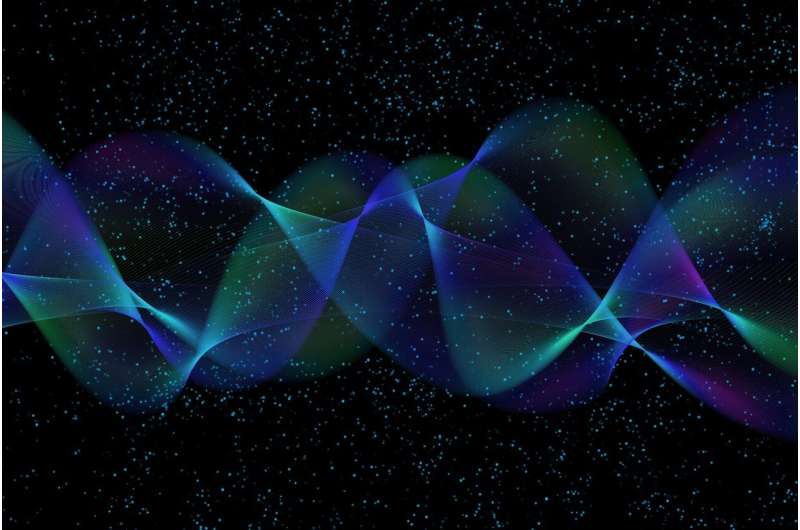This article has been reviewed according to Science X's and . have highlighted the following attributes while ensuring the content's credibility:
fact-checked
peer-reviewed publication
proofread
Accelerating 3D nanofabrication using a sensitive cationic photoresist

Two-photon laser direct writing lithography or TPL is a cutting-edge technique used for creating nanoscale structures. It works by leveraging specific materials known as photoresists, which change their chemical properties when exposed to light. These materials absorb laser light in a unique way, enabling precise control during exposure to laser beams.
Unlike conventional ultraviolet (UV) photolithography, which uses light to create images, TPL can directly build complex three-dimensional (3D) shapes that include features like overhangs and suspended elements at a resolution smaller than the width of a human hair. However, the production speed of TPL cannot match that of UV lithography. To speed up the TPL process, highly sensitive photoresists are essential.
To date, the classic SU-8 epoxy photoresist series remains a popular choice because of its numerous benefits, such as a high depth-to-width ratio, minimal shrinkage, and no issues with oxygen interference during processing. However, cationic photoresists like SU-8 generally take longer to fabricate and result in less detailed structures compared to free-radical-based photoresists, which can limit their applications in creating intricate microdevices.
Recently, a research team headed by Professor Cuifang Kuang from the Zhejiang Lab at Zhejiang University made a significant breakthrough by developing a new type of cationic epoxy photoresist. This innovative material exhibited around 600 times greater sensitivity to two-photon laser exposure than the traditional SU-8 photoresist, thanks to a unique bimolecular sensitization system.
The findings are in the journal Advanced Functional Materials.
Professor Kuang explains, "We demonstrated the 3D fabricated structures with fine features of less than 200 nanometers (nm) and a fast writing speed of 100 millimeters/second (mm/s) using nanolattices to show potential application for high-throughput nanofabrication of microscopic 3D devices."
The bimolecular photosensitized initiation system developed in this research effectively separates the processes of light absorption and energy transfer, enhancing the material's ability to absorb light. The researchers introduced 5-nitroacenaphthene, a photosensitizer that broadens the absorption spectrum, allowing it to capture light wavelengths down to 430 nm.
By combining this photosensitizer with pyrazoline-based sulfonium salt as a photoacid generator (PAG) and polyfunctional epoxy as a building block, the team created a new cationic photoresist called TP-EO. This innovative material can achieve an impressive lithography speed of 100 mm/s and can produce fine features with a minimum width of about 170 nm. The performance of TP-EO in terms of speed and resolution is better than other existing cationic photoresists.
To demonstrate the potential applications of the TP-EO resin, the researchers successfully fabricated a topological liquid diode with nanoscale features.
Professor Kuang says, "Such a high-performance TP-EO photoresist is suitable for the scalable fabrication of complex architectures for various applications, such as optical gratings, diffraction elements, micro-electromechanical systems, microfluidic devices, and tissue engineering scaffolds."
More information: Zhiyuan Ma et al, Highly Sensitive Cationic Photoresist for High鈥怲hroughput Two鈥怭hoton Nanofabrication, Advanced Functional Materials (2024).
Journal information: Advanced Functional Materials
Provided by Cactus Communications




















